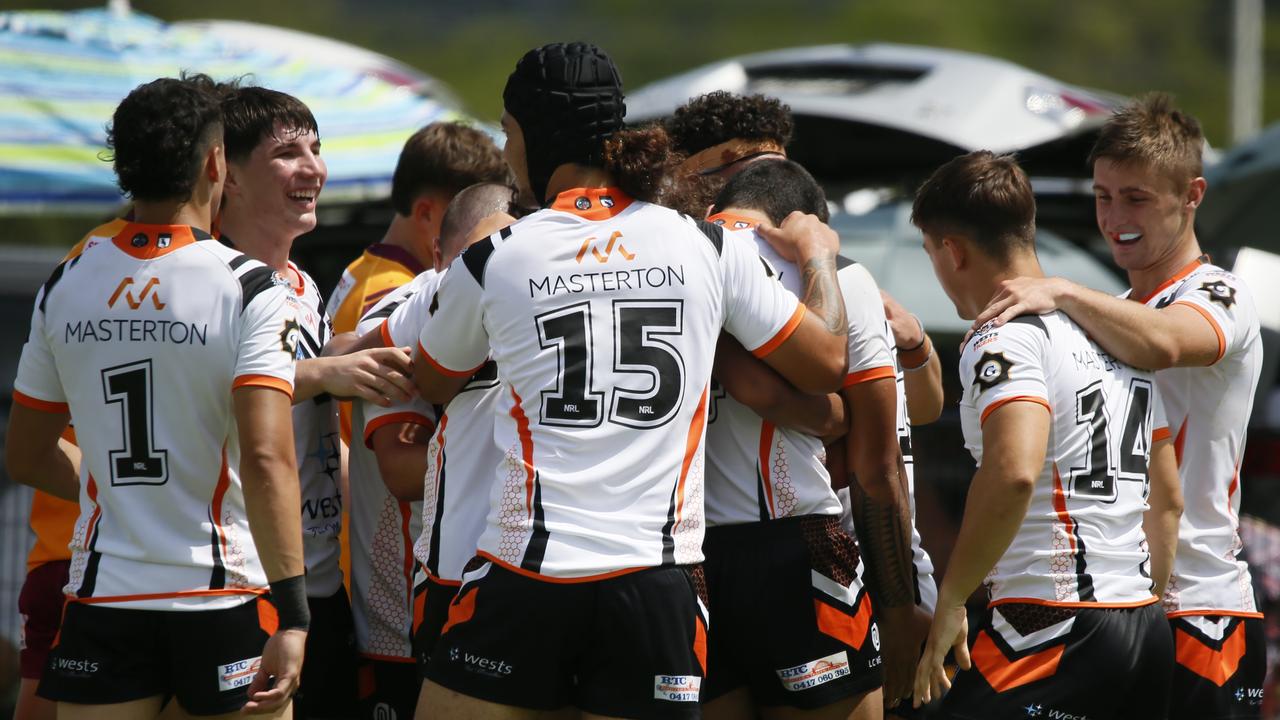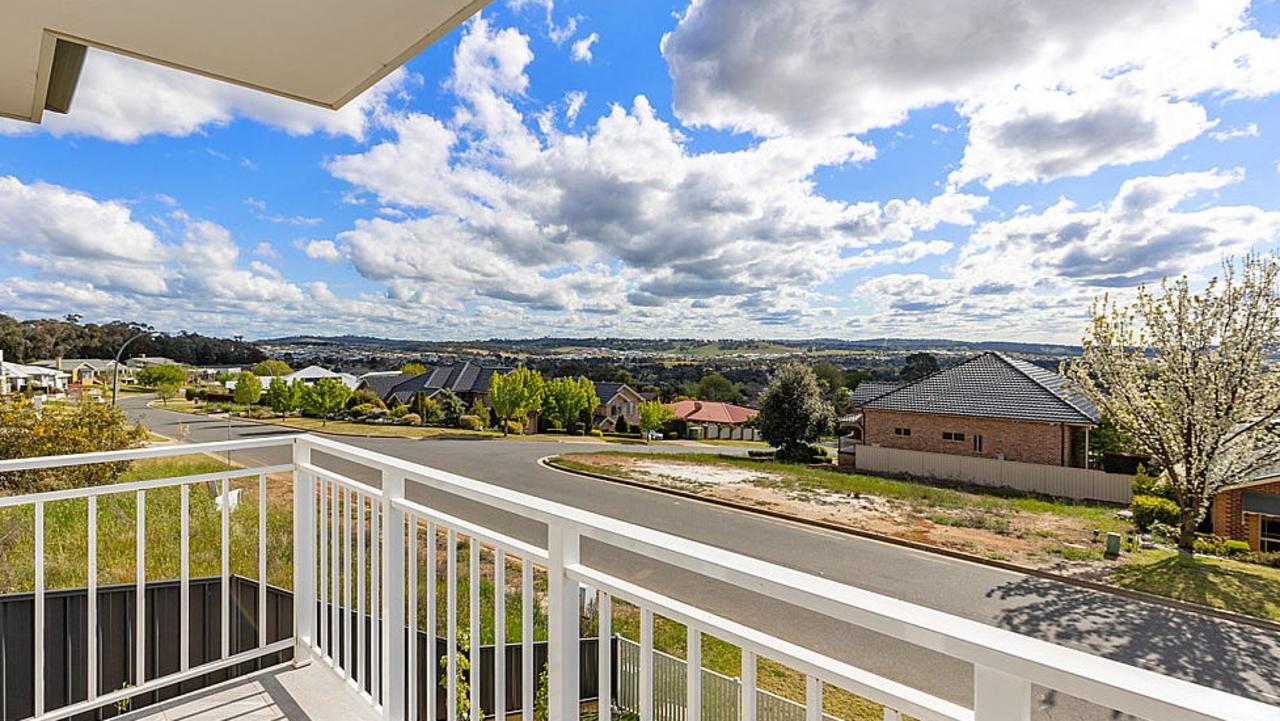HumeLink, Snowy 2.0: Wagga farmers, firefighters raise wildfire concerns over giant transmission towers, call for undergrounding
Rural farmers and firefighters, scarred by bushfires, have raised concerns over large transmission towers as part of a $3bn energy project. Find out why they want a major rethink.
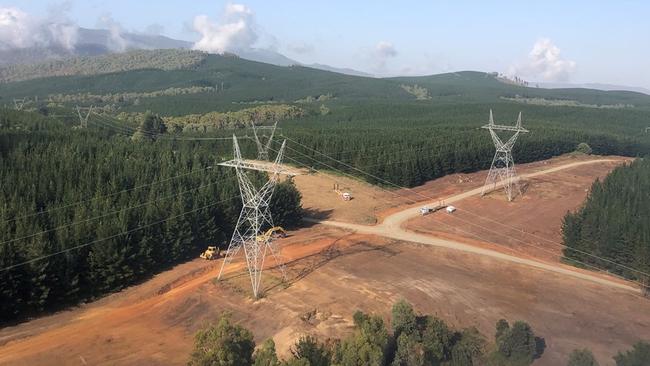
The Wagga News
Don't miss out on the headlines from The Wagga News. Followed categories will be added to My News.
Rural farmers and firefighters in southwest NSW, with the horror of bushfires fresh in their mind, have raised concerns over proposed transmission towers with one first responder describing how power lines turned into human “bug zappers” when met with fire and smoke.
Transgrid’s $3.3 billion HumeLink project includes transmission towers as tall as the Sydney Harbour Bridge pylons – which will cut a 360km-long path through Kosciuszko National Park out to Wagga on one side, and up to the Southern Highlands on the other route.
It is the state’s most expensive green energy transmission project and is considered critical infrastructure by the federal government to help usher in an era of renewable energy.
However, locals have amplified calls to “underground” the power lines to minimise risks associated with wildfires, including “flashovers”, where ionised smoke turns power lines into a human “bug zapper”.
But, Transgrid has hit back and claimed the cost would be prohibitive and delay the project further.
“In January 2020 our farm was completely burnt out in the Dunns Rd wildfire,” said farmer Paul Sturgess, who owns 420 acres of cattle and eucalyptus trees near Batlow.
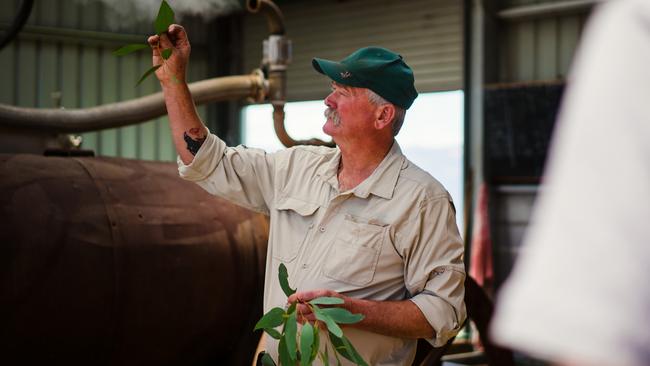
“We were just left with our buildings and cattle, but lost all our fencing and fodder.
“One of the main reasons we had such a catastrophic loss was we’ve got power lines and towers in our property.”
A recent report by the HumeLink Action Group indicated transmission lines increase fire-related risk.
It revealed power lines were one of the main causes that destroyed homes, were six times more common in wildfires that destroyed homes, and were susceptible to ‘arcing’, complicating firefighter efforts.
Bill Kingwill, captain of Adjungbilly’s Rural Fire Service, said two transmission towers run through Mr Sturgess’ property and there were 66 “flashovers” at the lines during the fire.
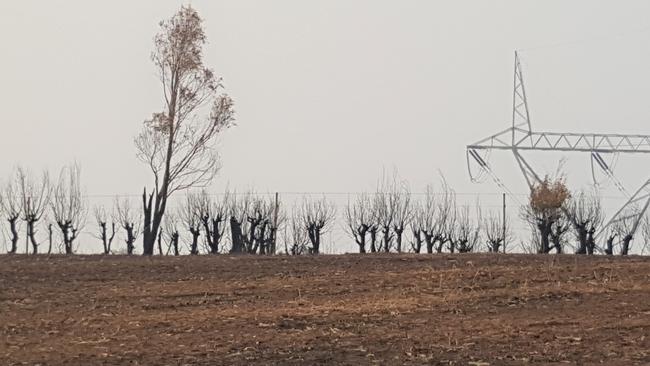
“Flashovers scare the sh*t out of me, and I’ve been in the RFS for years,” Mr Kingwill, who is also chairman of the HumeLink Action Group, said.
Mr Kingwill explained transmission towers don’t catch alight themselves, but rather ‘arc’ and create flashovers.
“The fire and smoke comes up to the power line, and causes a thing called a flashover,” he said.
“The smoke particles and ionised air then creates ions and it becomes conductive, and the power will arc to the ground through that air and essentially become a huge bug zapper.”
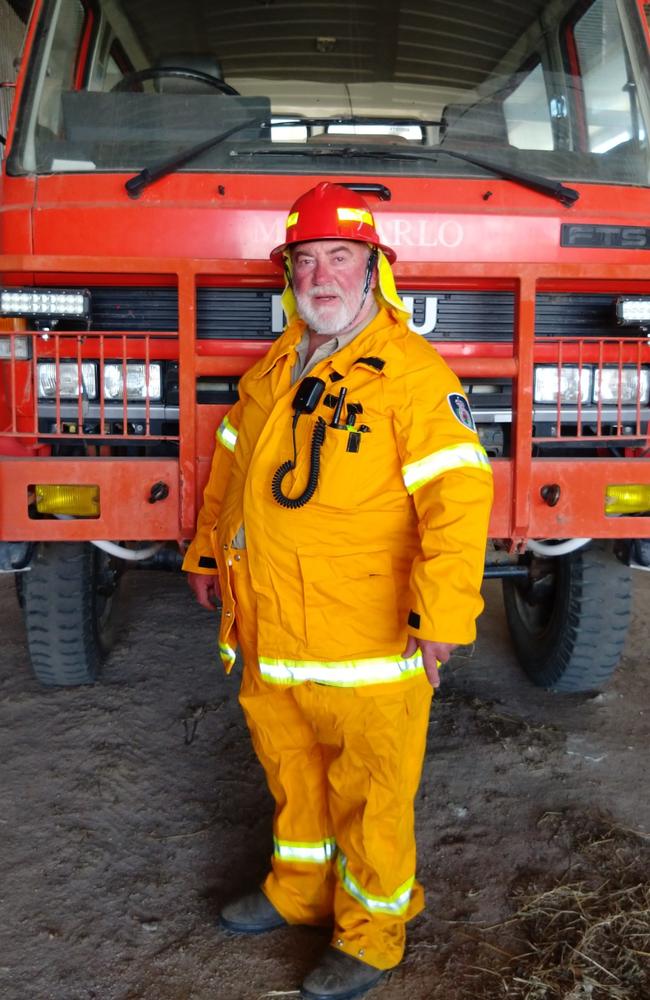
The transmission towers in Mr Sturgess’ farm are close to 35 metres high, although the ones planned with HumeLink would be closer to 80.
Rebecca Tobin, a long-term Darlow resident whose father also works with the RFS, echoed their concerns.
“My father’s always been a tanker driver and he saw the high-voltage lines arcing during the bushfires,” she said.
“He was petrified, and that’s made us even more conscious of the threat they pose.”
Ms Tobin repeated calls from farmers, residents and local politicians in calling for a rethink.
“It (HumeLink) has a lifetime of 80 years, so we’re talking about an 80-year legacy marred with increased fire risk,” she said.
“If we put it underground, we eliminate that concern.”
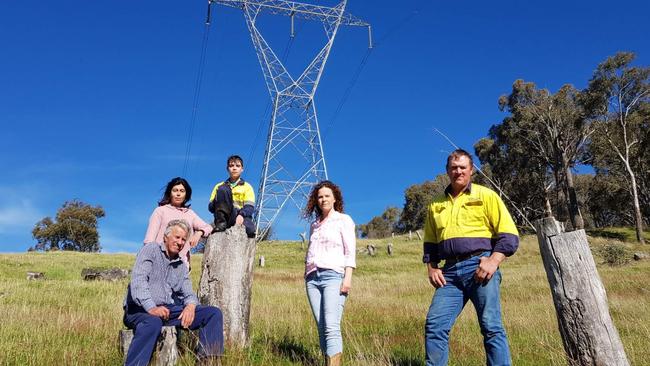
Authorities in California are increasingly putting lines underground given wildfire risks, and independent Wagga NSW MP Dr Joe McGirr said while HumeLink was “a vital part of Australia’s transition to a renewable future” residents were right to be “seriously worried”.
“Undergrounding HumeLink will reduce the risk for fires and provide us with an almost permanent asset that will be safer and environmentally sound,” he said.
“Isn’t it about time we build the safest possible long term infrastructure for a green future?”
Transgrid said the cost of undergrounding is prohibitive and would delay the project and, given it is yet to be approved by the Australian Energy Regulator, would present a more costly proposal.
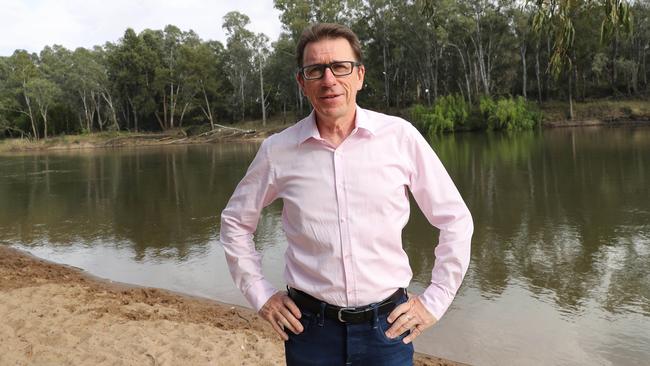
“As part of every transmission project the route design and cost of delivery is subject to review and engagement with stakeholders, including the regulatory authority, which ensure the cost of the project must be at the least cost to consumers,” a Transgrid spokeswoman said.
“The AER must be satisfied that the total investment is both prudent and efficient in terms of the cost to deliver the project, which means it must be the most cost-effective delivery.
“In the case of HumeLink, the difference in cost between overground and underground development is considered substantial and was not in the best interests of consumers, as it does not meet the prudent and efficient cost test.”
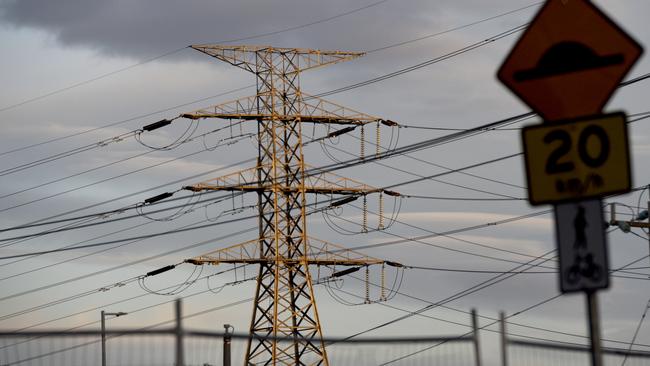
NewsLocal asked what the extra cost and time would be to underground the lines, but did not receive an estimation.
A parliamentary inquiry into the bushfires noted although putting lines underground make them more resilient to fire damage, it would be “significantly more expensive” and “more complicated to repair, increasing the time it takes to restore power”.
“Given the cost-of-living pressures being experienced by consumers, this is particularly pertinent and Transgrid is committed to doing everything it can to put downward pressure on customer bills,” the spokeswoman said.
“Transgrid takes the risk of bushfires very seriously and we take an active role in managing this risk in partnership with landowners, farm managers and the RFS, emergency services and the NSW Department of Planning and Environment.”
News tip? Email alexi.demetriadi@news.com.au




